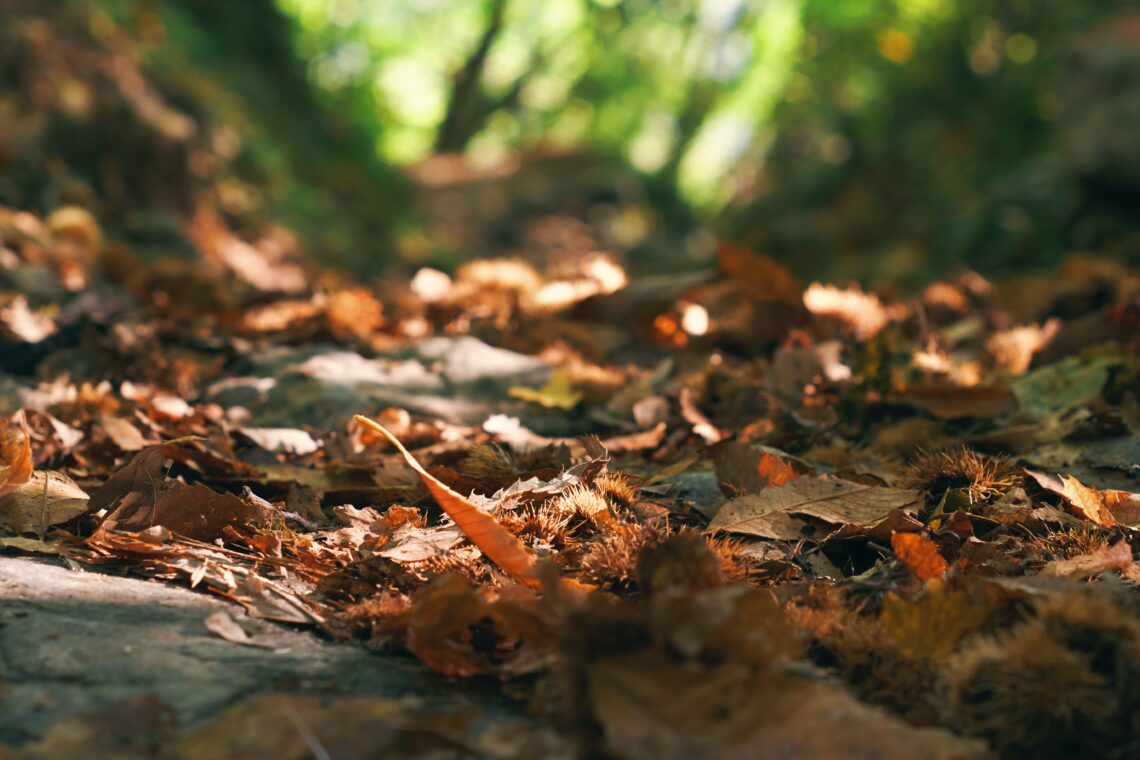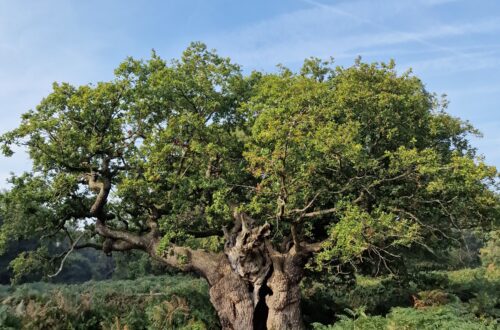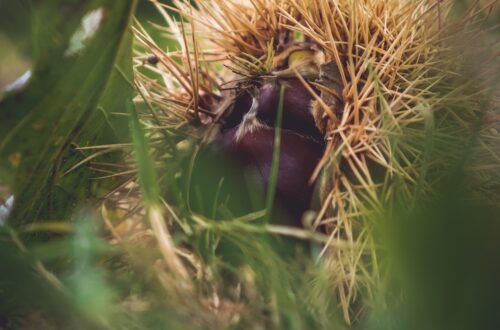Nature often rewards us with treasures that are both delicious and wholesome, and chestnuts are a prime example. These earthy delights, nestled within spiky shells, offer a unique culinary adventure that combines the pleasure of foraging with the joy of savouring a warm, nutty treat. In this guide, we’ll explore how to collect and eat chestnuts, turning a walk in the woods into a delectable experience.
Harvesting Chestnuts
The first step in enjoying chestnuts is to harvest them. These nuts are often found in forests, parks, or even your own backyard. Follow these steps to gather them:
- Choose the Right Time: Chestnuts typically ripen in the early fall, usually from September to November, depending on your location.
- Look for Chestnut Trees: Identify mature chestnut trees, which have glossy, serrated leaves. They may have spiky husks containing one to three chestnuts.
- Collecting the Nuts: Using gloves or a stick, carefully gather the chestnuts that have fallen to the ground. Ensure they are firm and free from visible damage.
Known as the “Tree of the common people” by the ancient Romans. Chestnuts are still plentiful in most countries around Autumn time. However, you should still be mindful that lots of wildlife rely on these sweet chestnuts to store up energy ready for winter. Do not get greedy or take more than you can eat and enjoy.
Storing Chestnuts
Chestnuts can be stored for several months if properly handled and stored under the right conditions. Here are some guidelines for storing chestnuts:
- Short-Term Storage (Up to One Month):
- If you plan to use chestnuts within a month, you can store them at room temperature in a cool, dry place.
- Make sure they are in a breathable container, such as a mesh bag or a basket. This allows for air circulation and prevents moisture buildup.
- Longer-Term Storage (Up to Three Months):
- For longer storage, you can keep chestnuts in the refrigerator. Place them in a plastic bag with a few small holes for ventilation.
- Check the chestnuts periodically to ensure they are not becoming too dried out or developing mould.
- Freezing (Up to One Year):
- To store chestnuts for an extended period, consider freezing them. First, peel and blanch the chestnuts by boiling them for a few minutes.
- Drain and allow them to cool, then place them in airtight, freezer-safe bags or containers. Label with the date.
- When you’re ready to use them, thaw the chestnuts in the refrigerator or cook them directly from the frozen state.
Chestnuts tend to lose moisture over time, which can lead to drying out and decreased quality. Therefore, it’s essential to monitor their condition regularly, especially if stored for extended periods. Discard any chestnuts that have become mouldy or shrivelled. Proper storage and monitoring will help you enjoy chestnuts in various recipes throughout the storage period.
Preparing Chestnuts
Before you can eat chestnuts, you’ll need to prepare them:
- Washing and Cleaning: Rinse the chestnuts under cold water to remove dirt and debris.
- Scoring the Shells: Use a sharp knife to make a small, shallow X-shaped cut on the flat side of each chestnut. This prevents them from exploding while roasting. You can also put a horizontal slit across the round part of the Chestnut. I have found both works just as well. However, make sure you are only making a shallow cut on the shell alone. If you cut into the nut, it makes it a little more tricky to peel without the nut crumbling with the shell.
Cooking Chestnuts
There are several ways to cook chestnuts, but the most traditional method is roasting:
- Oven Roasting: Place the scored chestnuts on a baking sheet and roast them at 425°F (220°C) for about 20-25 minutes. The shells will split open, and the nuts inside will be tender and ready to eat.
- Open Fire Roasting: If you have a fireplace or open fire, you can roast chestnuts on a skewer or in a chestnut pan. Roast them until the shells split and the nuts are cooked.
How to Enjoy and Eat Chestnuts
Once your chestnuts are cooked, it’s time to savour them:
- Peeling: After roasting, let the chestnuts cool slightly, then peel away the shells. The inner nut should come out easily.
- Seasoning: Chestnuts can be enjoyed plain or with a sprinkle of salt, herbs, or spices, depending on your preference.
- Recipes: Incorporate chestnuts into your dishes, from savoury stuffings to sweet desserts. They add a delightful, nutty flavour to a wide range of recipes.
Final Thoughts
Collecting and eating chestnuts is a delightful way to connect with nature and savour the earth’s bounty. With the right knowledge and a bit of patience, you can turn your chestnut harvest into a memorable culinary adventure. So, this fall, venture into the woods, gather nature’s treasures and relish the unique flavour of freshly roasted chestnuts, warming both your heart and your taste buds.




